Tepsi kebabı is one of the most iconic dishes from Antakya and Hatay cuisine. It’s a minced meat kebab baked on a tray (“tepsi” in Turkish, hence the name) with a simple tomato sauce on top. Simple to make and absolutely packed with flavour!
The story of Turkish tray kebab
Traditionally, tepsi kebabı wasn’t a dish you’d make at home.
Instead, you’d go to your local butcher, who’d prepare it for you. The traditional method is to chop pieces of meat along with the other ingredients until you have a coarse mince that holds together. The butcher would then spread the mince on a suitable tray and add the traditional toppings.
Then, you’d take the ready kebab to the local bakery, which would roast it in their wood fire oven.
Once done, you’d pick it up along a few loaves of bread and head home for a delicious dinner. Just imagining the wonderful smells of fresh bread and tepsi kebabı mingling in the bakery makes me hungry!
The meat used
Chopping chunks of meat into a mince makes for a unique texture, but for home cooks like ourselves using minced meat is more practical.
I buy most of my meat at the butcher’s. When I tell them I’m making tepsi kebabı, they make the mince slightly differently than they do for Turkish meatballs or pasta sauces. For tepsi kebabı, they use fattier cuts – preferably rib – and make a coarser grind.
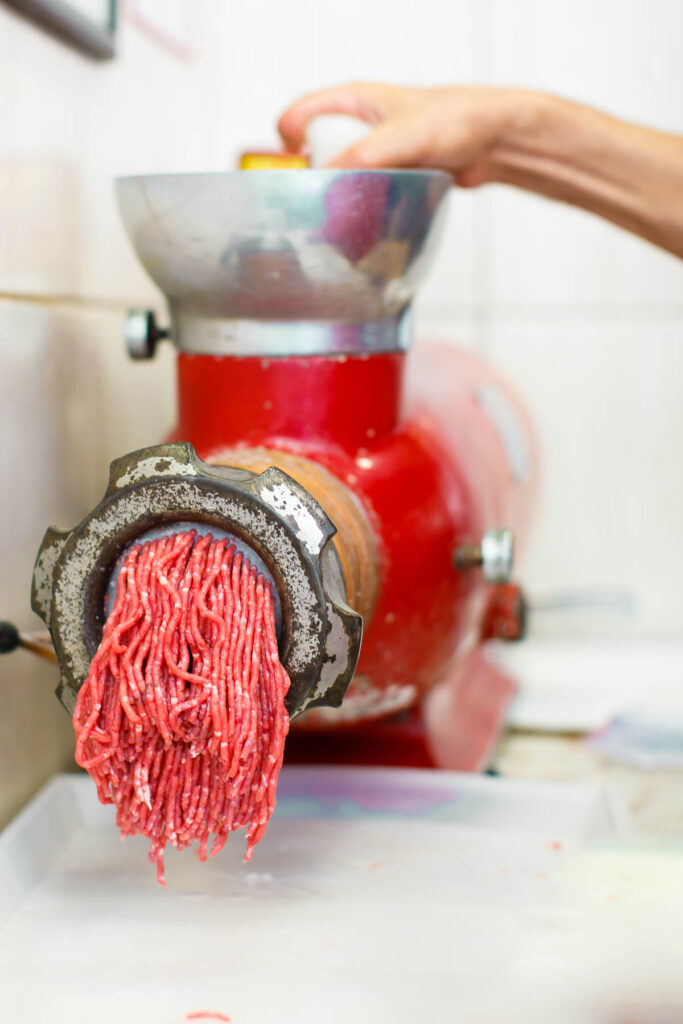
If you have the option of buying your meat at a butcher’s, I recommend you do the same.
Standard minced meat is of course also fine. In that case, I suggest avoiding lean minced meat. A mixture of lamb and beef usually works well – lamb mince is usually fattier and adds another layer of flavour.
For extra flavour, I suggest adding extra fat to your minced meat. In Turkey, kuyruk yağı, the fat from near the tail of fat-tailed sheep, is used for its delicious flavour. But any animal fat works. Even butter.
How to make tepsi kebab at home
Making tepsi kebabı at home is deceptively simple.
The meat mixture
Unlike for meatballs, there’s no need to bother with soaking bread or adding eggs or breadcrumbs. Apart from the chili flakes so ubiquitous to this region, it doesn’t contain any spices either.
It’s all down to good quality meat, a little onion and garlic, parsley and a handful of chili flakes. And, of course, a generous helping of salt. There is every reason to be careful with salt, but this is not one of those occasions. For full flavour, you need to have a generous hand with the salt.
The garnish
A unique feature if tepsi kebabı is that it’s baked with a simple tomato sauce.
I make it from a mixture of tomato paste, red pepper paste and boiling water. You can substitute more tomato paste for the red pepper paste if you prefer.
This makes the final dish even juicier, in addition to bringing an extra layer of flavour. Delicious!
On top, a few vegetables. Use what you like, but the most common is mild, long green peppers and wedges of tomato. I like adding red onions as well, others like potatoes.
Some butchers like to show off the meat and place the vegetables on the side, rather than on top. Your call!
A few tips as you make tepsi kebab at home
The ingredients
As mentioned above, a fatty minced meat works best here. While beef is most common in Antakya, a mixture of beef and lamb usually works well if using supermarket minced meat. The lamb is fattier and more flavourful, giving a better home med tepsi kebab.
Pul biber, also known as Aleppo pepper, are the red pepper flakes most commonly used in Turkey. They’re usually fairly mild, approximately one third of the heat of cayenne pepper. If you can’t get them, substitute finely chopped fresh chili to taste.
I like adding red pepper paste to the sauce. This is a commonly used condiment in Turkish cooking and gives more depth of flavour than using tomato paste alone. If you can’t find it, substituting more tomato paste is absolutely fine.
The method
The traditional method is to chop chunks of meat into mince by hand. This is, however, unpractical for most home cooks. Myself included.
Upon researching how to get the best possible results at home, I came across a suggestion of mixing the meat mixture with the other ingredients in the same way as the butchers. Ie: By chopping with the knife.
This helps keep the mixture less compact than when mixing by hand. In my humble opinion, this method does make for a better texture than mixing by hand. So this is my preferred method.
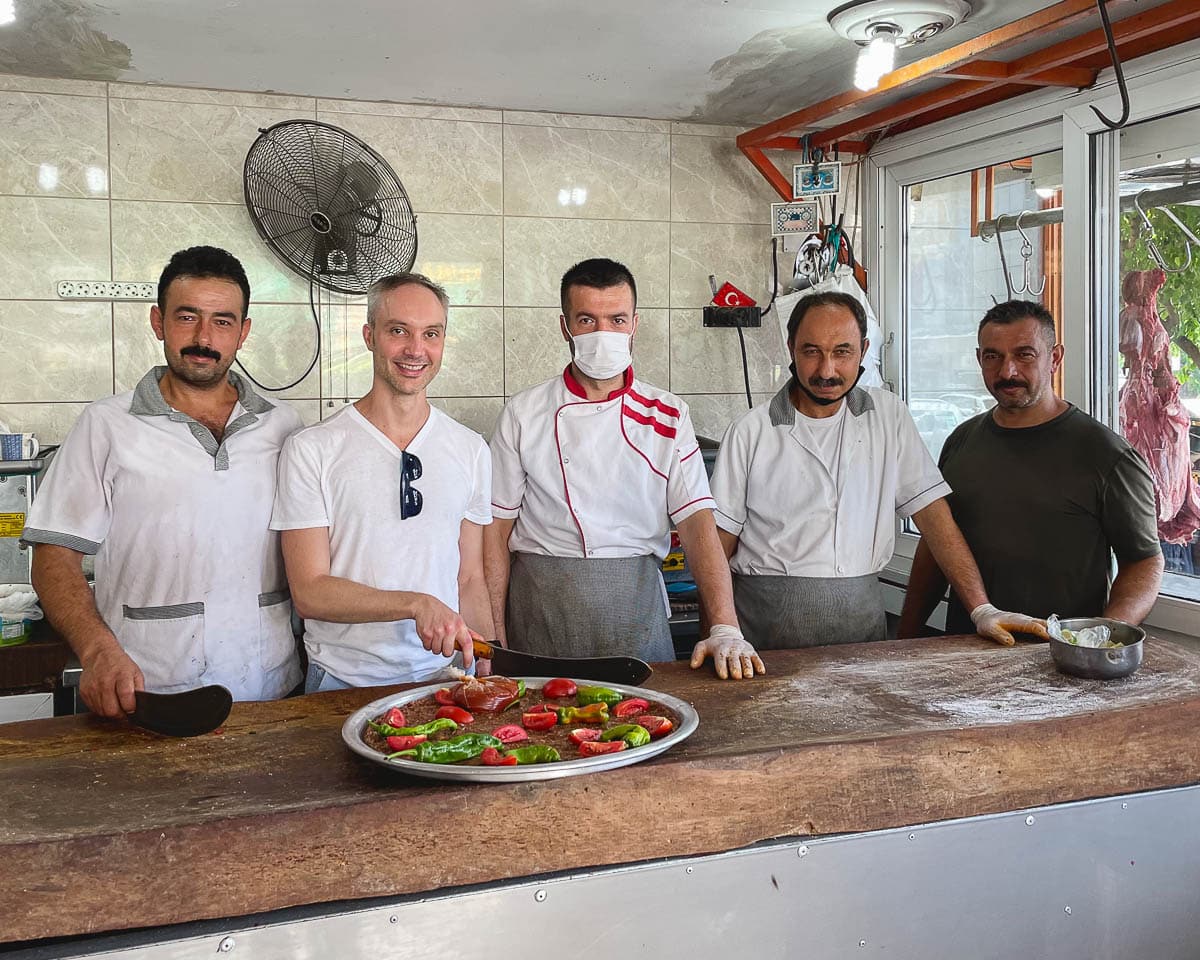
In Antakya, they use circular trays, but you can use any tray. It shouldn’t be too small, but don’t worry if it’s larger than the kebab. It’s perfectly fine not to spread the tepsi kebab across the entire tray.
Make ahead
The tray kebab can be prepared ahead and stored, tightly covered, on the tray in the fridge for up to 48 hours, depending on the freshness of your meat. I would not however put the sauce on until just before roasting.
Storing
Tepsi kebab should be eaten while fresh. However, leftovers keep well in the fridge for several days if stored in a sealed, clean container.
What to serve alongside
Turkish tray kebab is a great main dish.
It’s best served with freshly baked bread. Lavash, pita or pide all work great. They serve as both a vehicle for eating the meat, and for mopping up those delicious juices left in the tray.
Another great option is bulgur, which is more commonly used than rice in this region.
It’s common to add a fried onion and some tomato paste to the bulgur. In that case, soften a finely chopped onion in some olive oil, then add a tablespoon of tomato paste. After frying for a minute, add the water and bulgur, then cook as directed in the recipe (there’s no need for bay leaf or allspice berries).
A fresh salad also works a treat alongside. In Turkey you’ll in most cases get the salad while waiting for your kebab rather than alongside.
In kebab restaurants, you usually start the meal with a few meze dishes. Hummus, baba ganoush and aubergine in tomato sauce are common in the region, which share a lot of culinary culture with its Levantine neighbours. They make an excellent start to the meal, especially if you’re having people over for a feast.
The recipe serves 4–6.
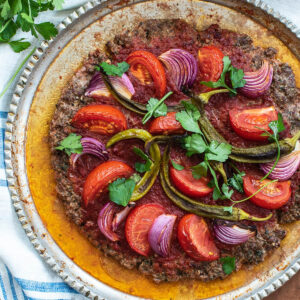
Turkish tray kebab (Tepsi kebabı)
Ingredients
- 800 g minced beef, lamb or a mixture (min 25% fat)
- 50 g lamb tail fat, or another animal fat, finely chopped (optional)
- 1 small onion, very finely chopped
- 30 g flat leaf parsley, (without thick stalks), finely chopped
- 4 garlic cloves, finely chopped
- 1 Tbsp pul biber (Aleppo pepper)
- 1 ¼ tsp finely ground sea salt, more if using US kosher salt
Sauce & garnish
- 25 g tomato paste
- 25 g Turkish sweet red pepper paste (tatlı biber salçası), or more tomato paste
- 200 ml boiling water
- a few long green Turkish peppers
- 1 red onion, cut into wedges
- 2 tomato, cut into wedges
How I make it
- Preheat the oven to
190 °C. Grease 1 round roasting tin of approx 26–28 cm (10–11 in) diameter. Alternatively, you can use a rectangular roasting tin of approx 20×30 cm (8×12 in), or any size baking sheet.
- Place the minced meat on a large cutting board. Add the chopped animal fat (if using), onion, flat leaf parsley, garlic, pul biber and salt. Chop with a large knife until well mixed, around 2–3 minutes. This method gives a better texture than mixing by hand.
- Place the meat in the roasting tin. Press the meat gently into the shape of a large burger, filling the entire roasting tin, making sure to not make the meat overly compact. If using a larger than recommended roasting tin/baking sheet, aim for a round shape of approx 26–28 cm (10–11 in) diameter.
- Mix the tomato paste, red pepper paste (if using) and boiling water until completely homogenous. Spread on top of the meat. Top with pieces of peppers and tomatoes in a pattern you like.
- Roast in the middle of the oven until nicely coloured and cooked through, 30–40 minutes. Cool for a few minutes, then cut into portion sized pieces and serve.


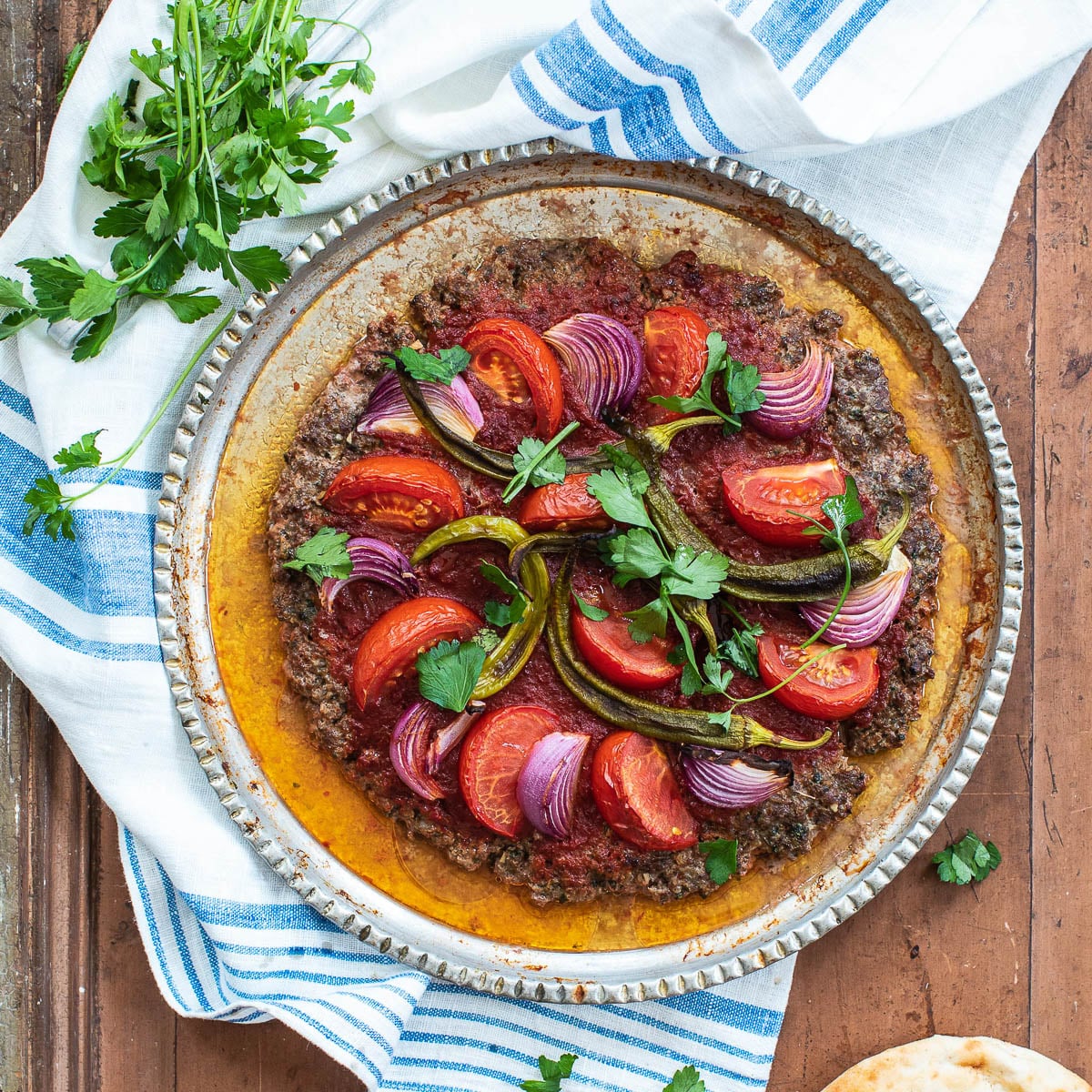


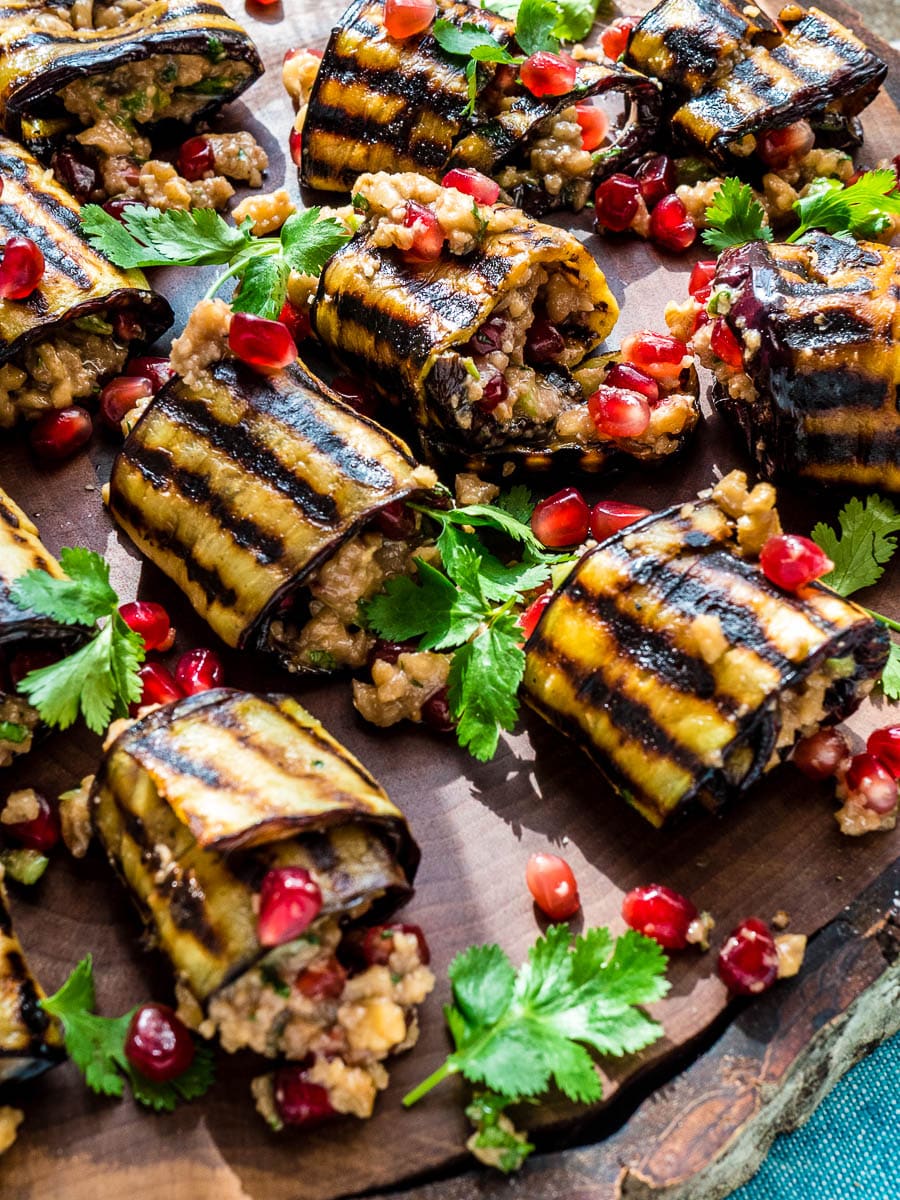
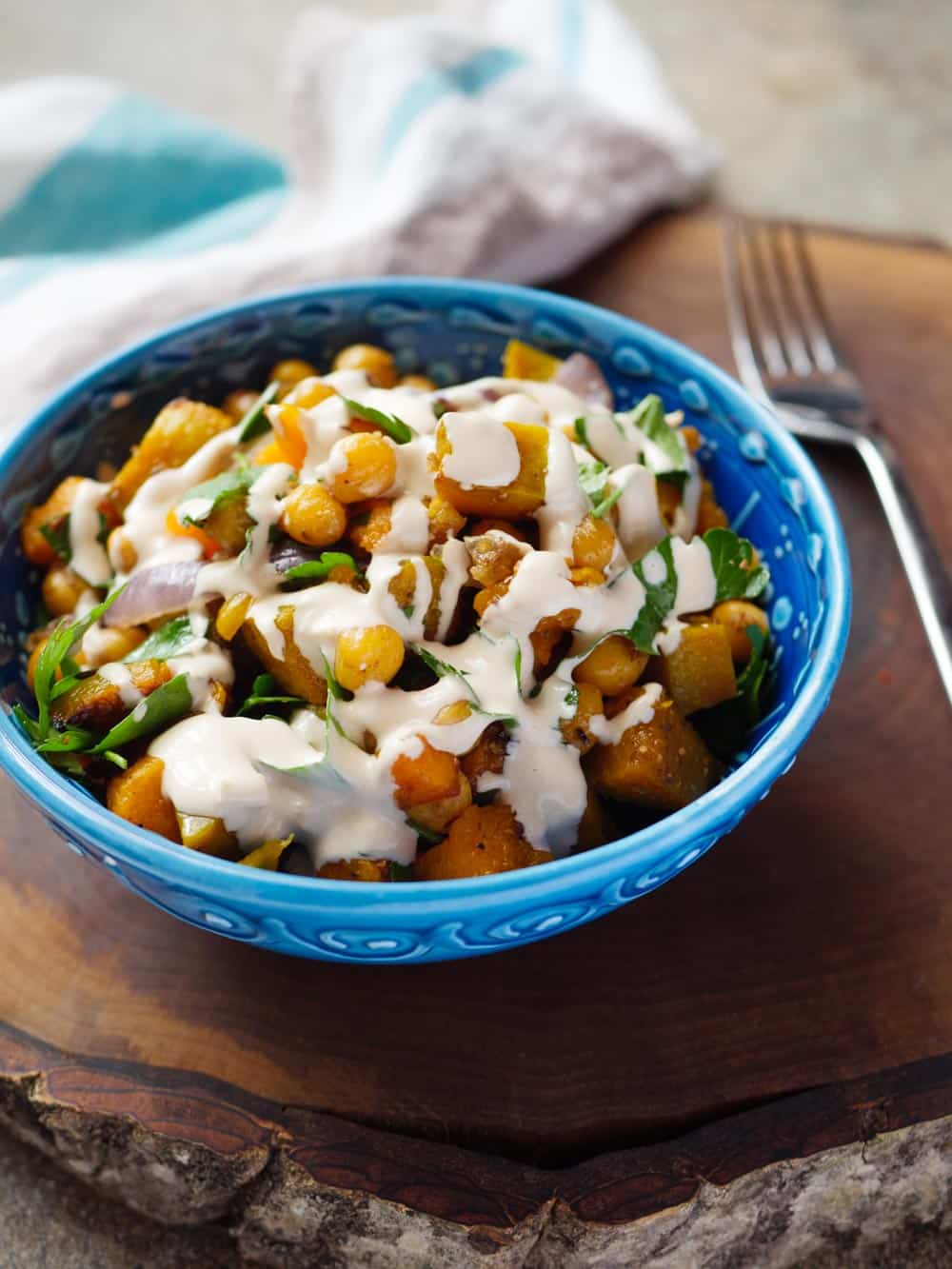
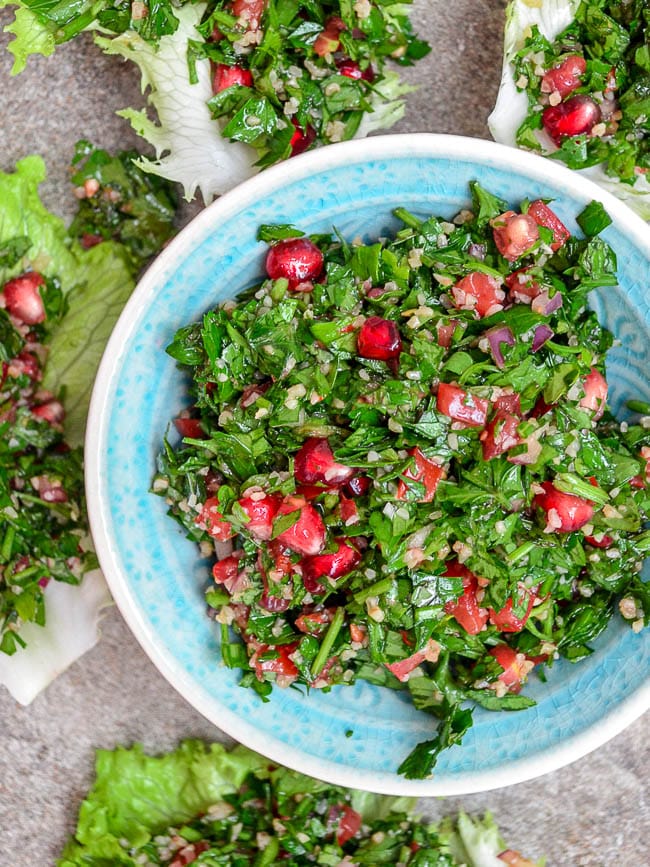
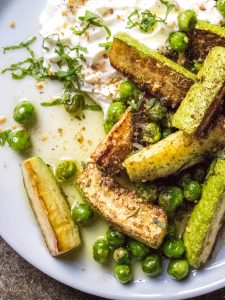
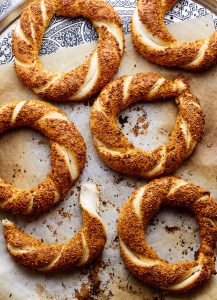
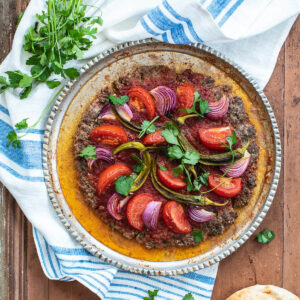




2 responses
absolutely delicious !
Made this kebab in the oven tonight, turned out very delicious, thank you, Vidar.